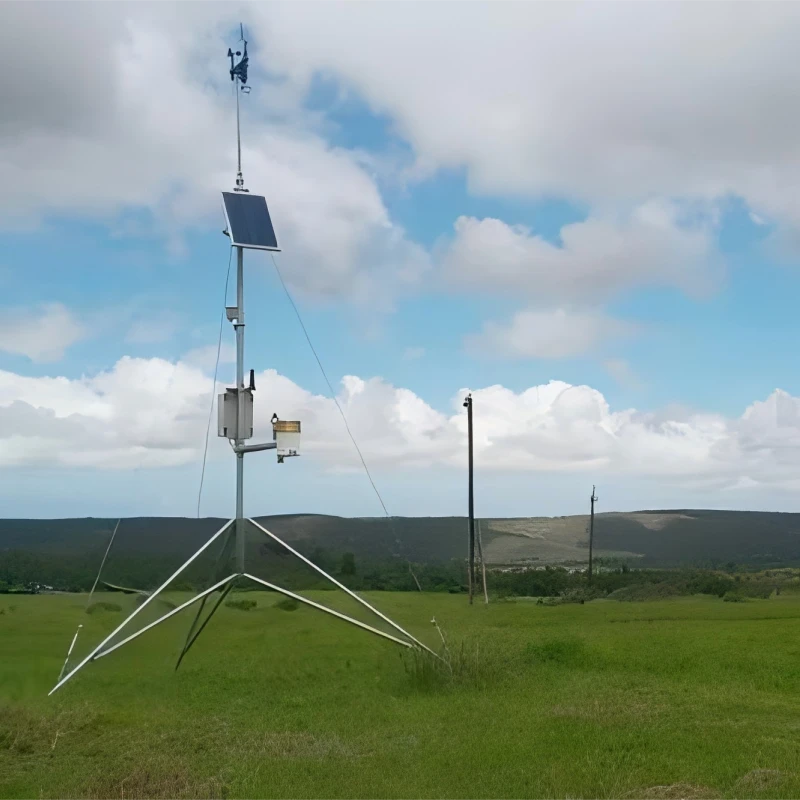Weather Measuring Instruments: Essential Tools for Accurate Forecasting

# Weather Measuring Instruments: Essential Tools for Accurate Forecasting
Weather forecasting has come a long way from relying solely on observations of the sky and wind patterns. Today, meteorologists use a variety of sophisticated weather measuring instruments to gather precise data, enabling them to predict weather conditions with remarkable accuracy. These tools are essential for understanding atmospheric changes and providing timely warnings for severe weather events.
## Thermometers: Measuring Temperature
One of the most fundamental weather measuring instruments is the thermometer. It measures air temperature, which is crucial for understanding daily weather patterns and long-term climate trends. Modern thermometers use digital sensors for higher accuracy, while traditional mercury or alcohol thermometers are still widely used in some applications.
## Barometers: Tracking Atmospheric Pressure
Barometers are used to measure atmospheric pressure, a key indicator of weather changes. A sudden drop in pressure often signals an approaching storm, while rising pressure typically indicates fair weather. Aneroid barometers and digital barometers are the most common types used today.
## Anemometers: Gauging Wind Speed and Direction
Wind plays a significant role in weather systems, and anemometers are the go-to instruments for measuring wind speed and direction. Cup anemometers and vane anemometers are popular designs, while ultrasonic anemometers offer advanced capabilities for precise measurements in challenging conditions.
## Hygrometers: Measuring Humidity
Humidity levels significantly impact weather conditions and human comfort. Hygrometers measure the amount of moisture in the air, helping meteorologists predict fog, rain, or drought. Psychrometers and capacitive hygrometers are widely used for this purpose.
## Rain Gauges: Measuring Precipitation
Rain gauges are essential for measuring the amount of precipitation over a specific period. They come in various designs, including standard cylindrical gauges and tipping bucket rain gauges, which automatically record rainfall data.
## Weather Stations: Comprehensive Data Collection
Modern weather stations combine multiple instruments into a single system, providing a comprehensive view of weather conditions. These stations often include sensors for temperature, humidity, wind speed, and precipitation, along with data loggers for continuous monitoring.
## The Role of Satellites and Radar
Beyond ground-based instruments, satellites and radar systems play a critical role in weather forecasting. Satellites provide global coverage, tracking large-scale weather systems, while radar systems detect precipitation and storm movements in real-time.
## Conclusion
Weather measuring instruments are indispensable tools for accurate forecasting. From simple thermometers to advanced satellite systems, these devices provide the data needed to understand and predict weather patterns. As technology continues to evolve, these instruments will become even more precise, helping us better prepare for the challenges of a changing climate.
Keyword: weather measuring instruments
